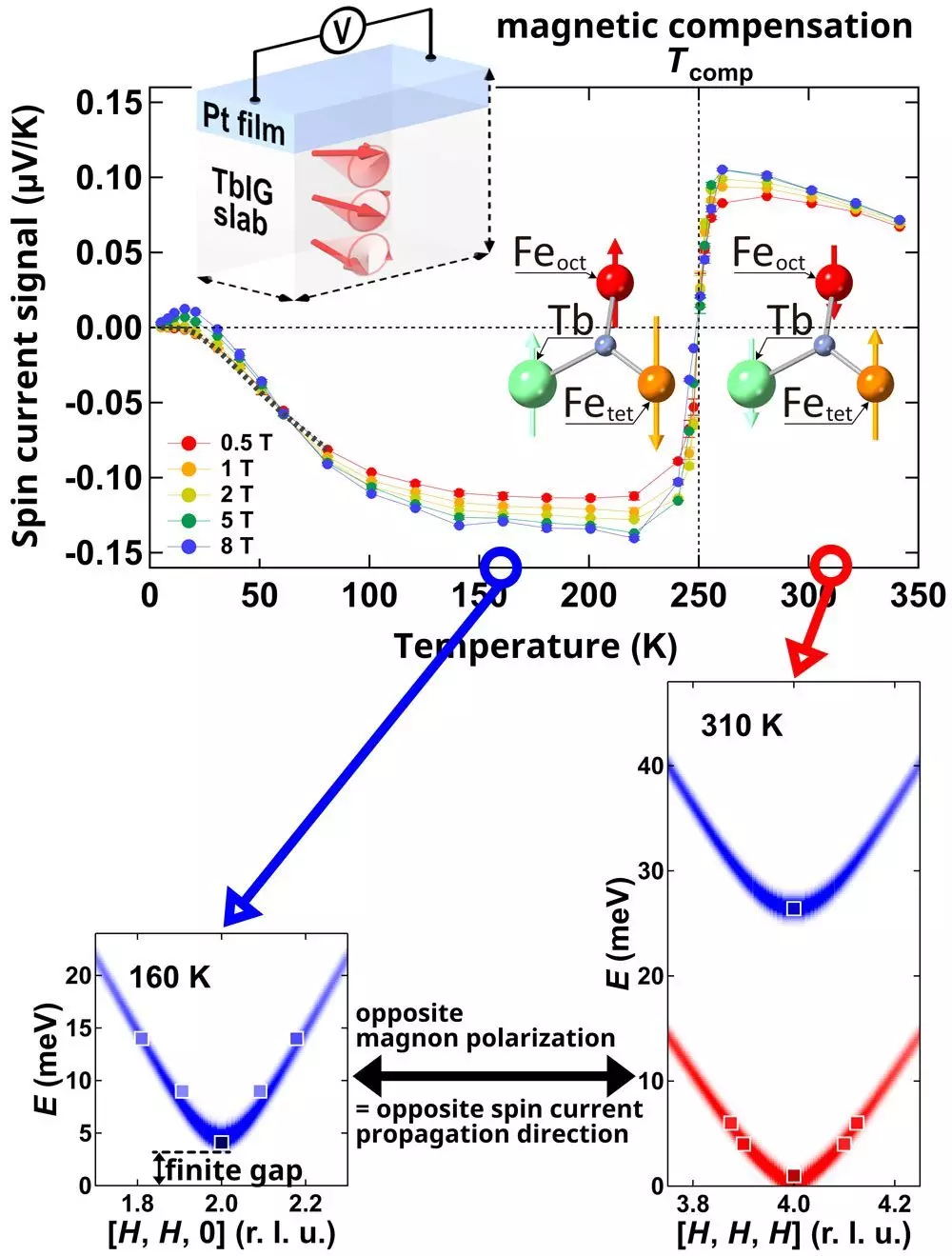Spintronics is a rapidly growing field that has the potential to revolutionize conventional electronics by offering advantages such as reduced power consumption, high-speed operation, non-volatility, and the possibility of new functionalities. At the core of spintronics is the exploitation of the intrinsic spin of electrons, with a key focus on controlling spin currents for future applications.
One of the major challenges in spintronics is detecting spin currents, which play a crucial role in the functioning of spin-based devices. Traditionally, spin currents have been detected using macroscopic voltage measurements to observe overall voltage changes across a material. However, a significant obstacle has been the lack of understanding regarding how spin currents actually move or propagate within a material.
Research Breakthrough
A recent study published in Applied Physics Letters by a team of researchers, led by Yusuke Nambu from Tohoku University’s Institute for Materials Research, offers a new method to predict how spin current changes with temperature. Utilizing neutron scattering and voltage measurements, the researchers demonstrated that the magnetic properties of a material can serve as a predictor for the behavior of spin currents across different temperatures.
The study revealed that the direction of the spin current signal changes at a specific magnetic temperature and decreases at lower temperatures. Interestingly, the researchers also observed a flip in the spin direction or magnon polarization both above and below the critical magnetic temperature. This change in magnon polarization was found to be directly linked to the reversal of the spin current, providing insights into its propagation direction.
Furthermore, the researchers noted distinct magnetic behaviors in the material under study, characterized by gap energies. Below the temperature associated with these gap energies, it was observed that spin current carriers were absent, leading to a decrease in the spin current signal at lower temperatures. Notably, the temperature dependence of the spin current followed an exponential decay, mirroring the results obtained from neutron scattering experiments.
Yusuke Nambu emphasized the significance of understanding the microscopic details of spintronics research, as highlighted by the findings of this study. By elucidating the relationship between magnetic properties, temperature, and spin currents, the researchers have shed light on the complex behavior of spin currents in materials. This knowledge could pave the way for the development of more efficient and functional spintronic devices in the future.
The study underscores the importance of gaining insights into how spin currents change with temperature in spintronics research. By unraveling the intricate mechanisms governing spin current behavior, researchers can further advance the field and harness the full potential of spintronics for next-generation electronic applications.


Leave a Reply